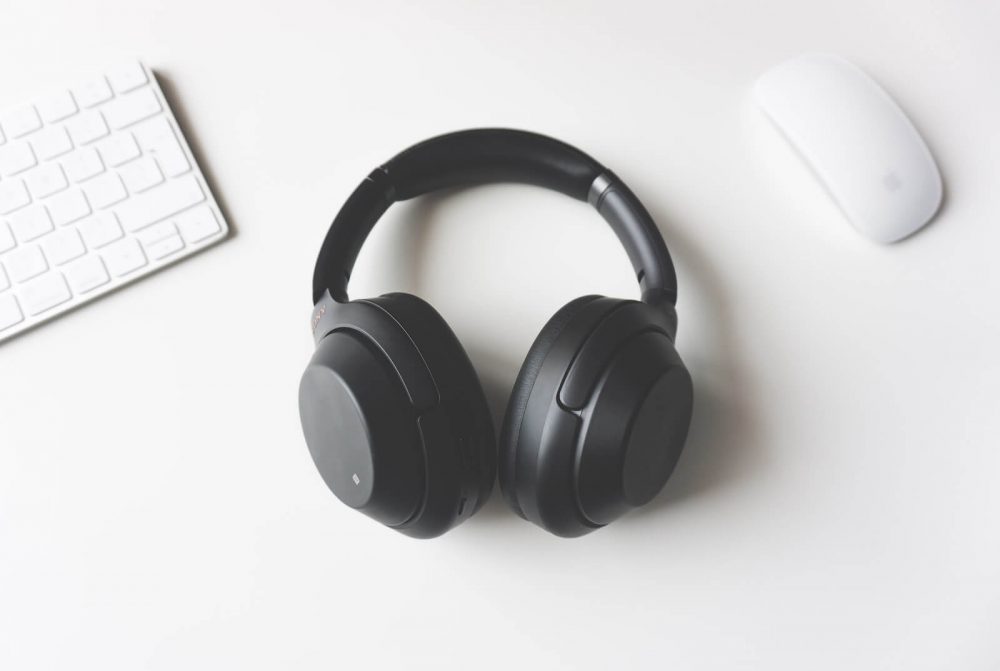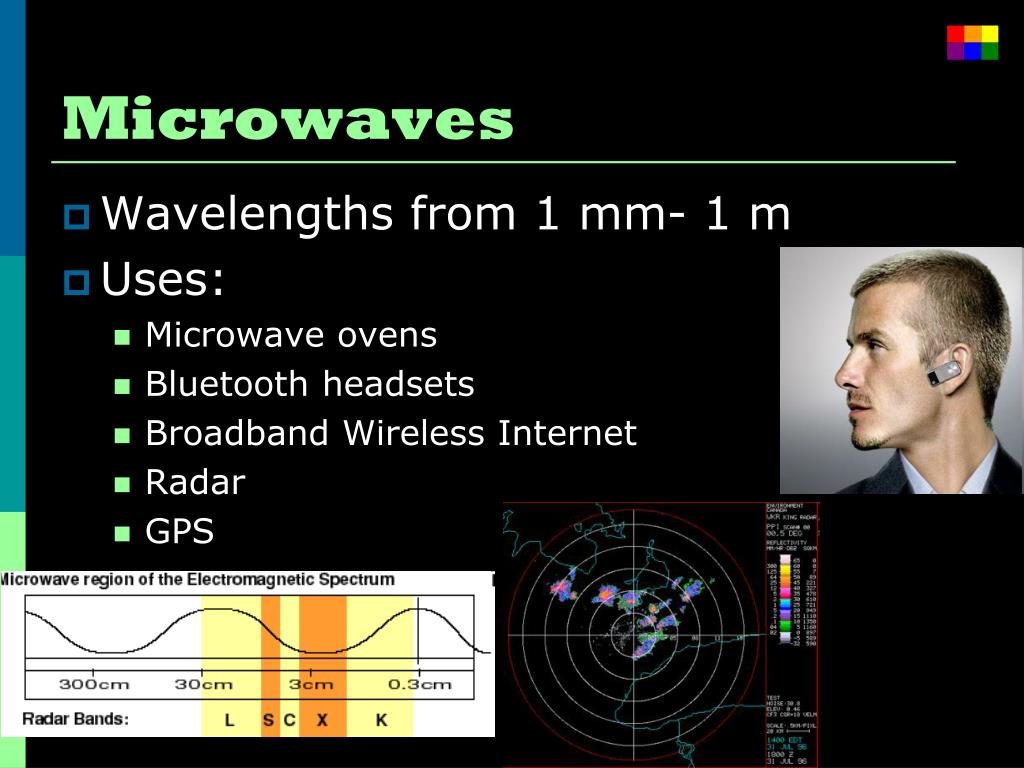
Also, many of the most worrying experiments involved rodents that had been exposed to levels of radiation far greater than what people encounter when using mobile phones or wireless networks. Animal research often does not translate to humans. More rodent research has tied high levels of Wi-Fi and cell exposure to hormonal shifts and oxidative stress-the kind of shifts that could promote cancer or brain diseases.īut many of these animal studies are “all over the place” in terms of their design quality, Foster says. As you talk on the phone, your head and brain absorb a small amount of this radiation. Mobile phones transmit microwave radiation from a point within centimetres of the brain. Cell Phones and Radiation All cell phones are tiny transmitters that produce radiation in the form of radio waves. Cell phone radiation is absorbed by the head and body. The World Health Organization and the International Agency for Research on Cancer have classified mobile phones as a “possible carcinogen,” which means there’s currently not enough research to say whether either causes cancer.Įarlier this year, a rodent study found heavy exposures to cell phone radiation increased rats’ risks for some brain and heart tumors. A wired headphone reduces radiation exposure significantly a Bluetooth earpiece may lower it even further. He mentions neurodevelopmental issues, cancer, and reproductive harm-in both men and women-as some of those potential health concerns, especially for pregnant women and young children. (Moskowitz has collected much of that research here.) “We have animal studies suggesting even low-level exposures to the kind of radio wave radiation associated with Wi-Fi could have a variety of negative health effects,” says Joel Moskowitz, director of the Center for Family and Community Health at the University of California, Berkeley. But some experts have grave concerns about the types of low-intensity radiation our wireless devices produce. It is more complex and requires configuration of hardware and software.ġ50ms - Average Latency.That may be true today. It is easy to switch between devices or find and connect to any device. Can be used to connect upto seven devices at a time. Antennas can also increase range.įairly simple to use. 2.5GHz Wi-Fi communication has greater range than 5GHz. The closer the wireless device is to your body, the more energy you will absorb. For example, wireless devices typically emit more RF energy when you are using them.

With 802.11b/g the typical range is 32 meters indoors and 95 meters (300 ft) outdoors. The FCC does not endorse the need for these practices, but provides information on some simple steps that you can take to reduce your exposure to RF energy from cell phones. Wireless adaptors on all the devices of the network, a wireless router and/or wireless access points Notebook computers, desktop computers, servers, TV, Latest mobiles.īluetooth adaptor on all the devices connecting with each other Activity trackers, such as Fitbit and Jawbone. Mobile phones, mouse, keyboards, office and industrial automation devices.

Security issues are already being debated.

Comparison chart Bluetooth versus Wi-Fi comparison chart


 0 kommentar(er)
0 kommentar(er)
